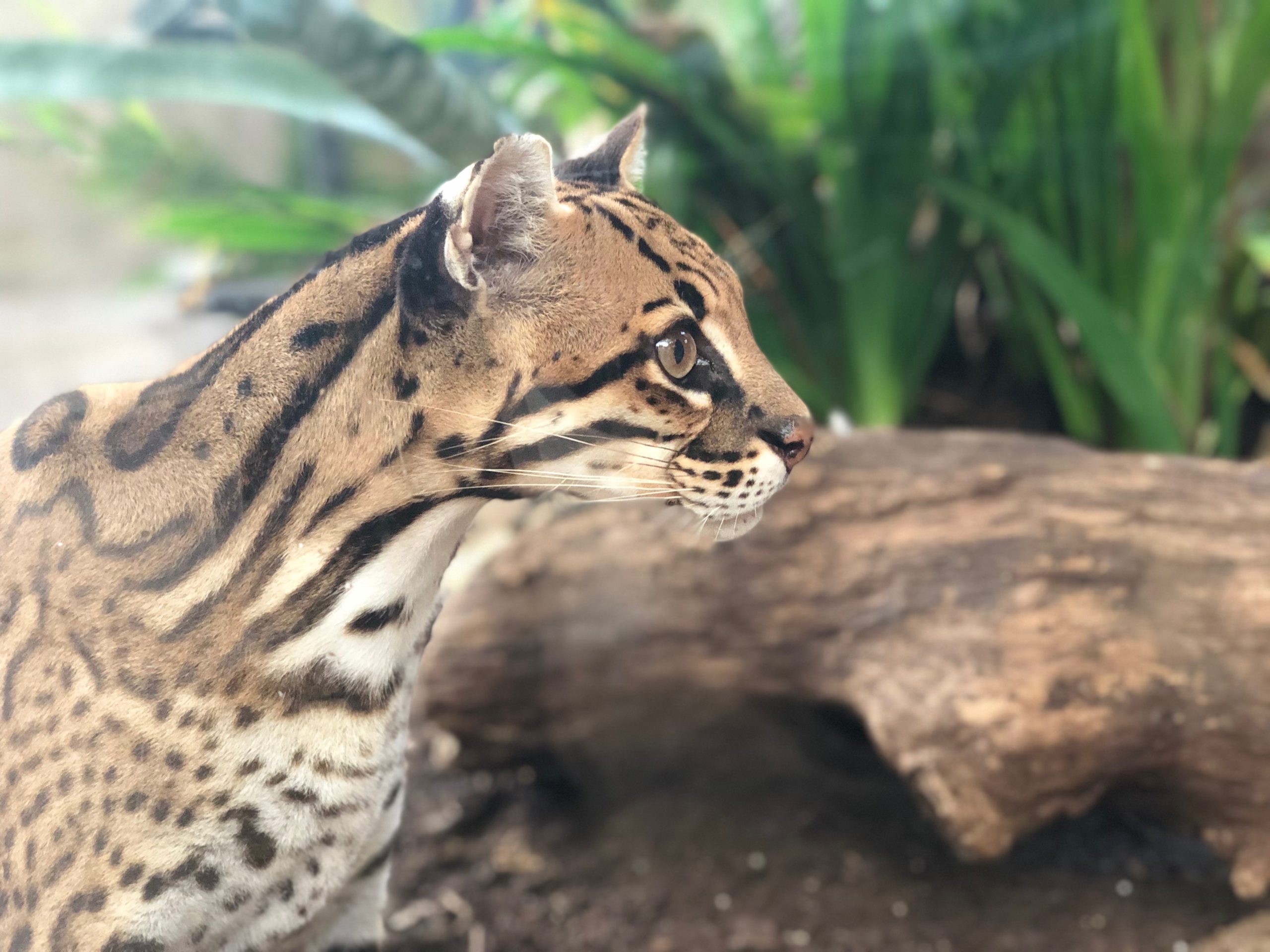
Being entirely gray the Shoebill is easily recognized, even without its most distinguishable feature which gives it its name – a bill that resembles a hook-tipped Dutch clog . The…
Read More
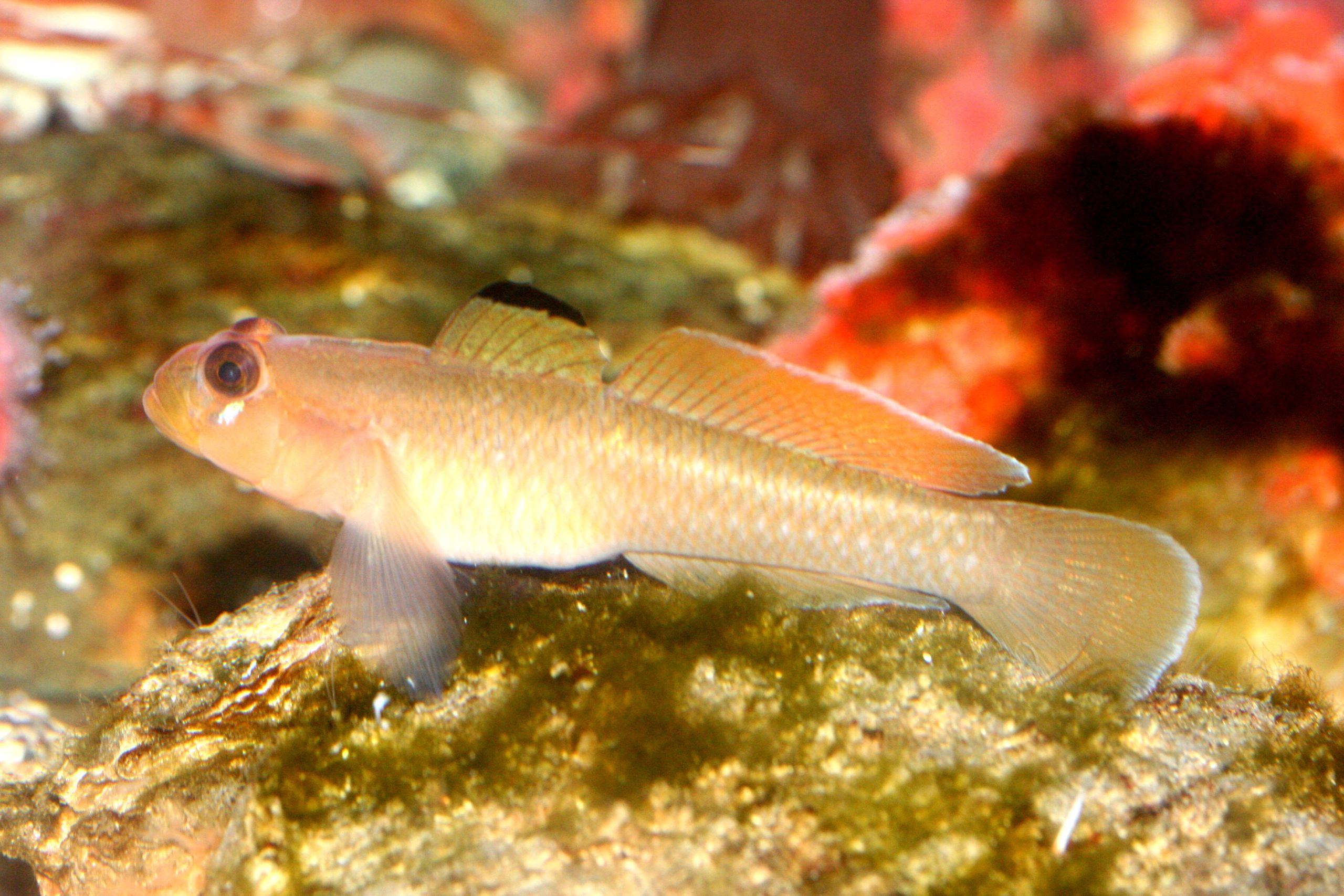
The body of the Blackeye goby (Rhinogobiops nicholsii) is usually a light beige to olive in color with darker spots and mottling. The body coloration and its spots can change…
Read More

Some of the few captive specimens have been mistaken for the much larger Harpy eagle. This remarkable resemblance extends to juvenile plumage — newly fledged birds of both species have…
Read More
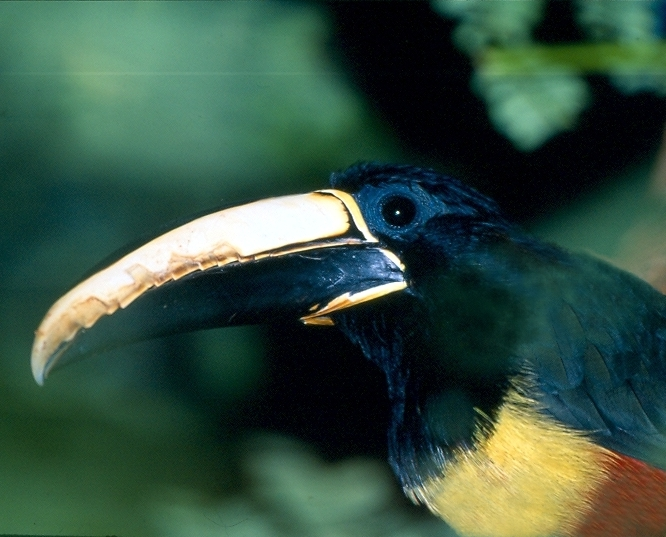
Black-necked aracaris have a black head and throat with dark green to almost black back and tail. Its undersides are yellow with a red band and rump.
Read More
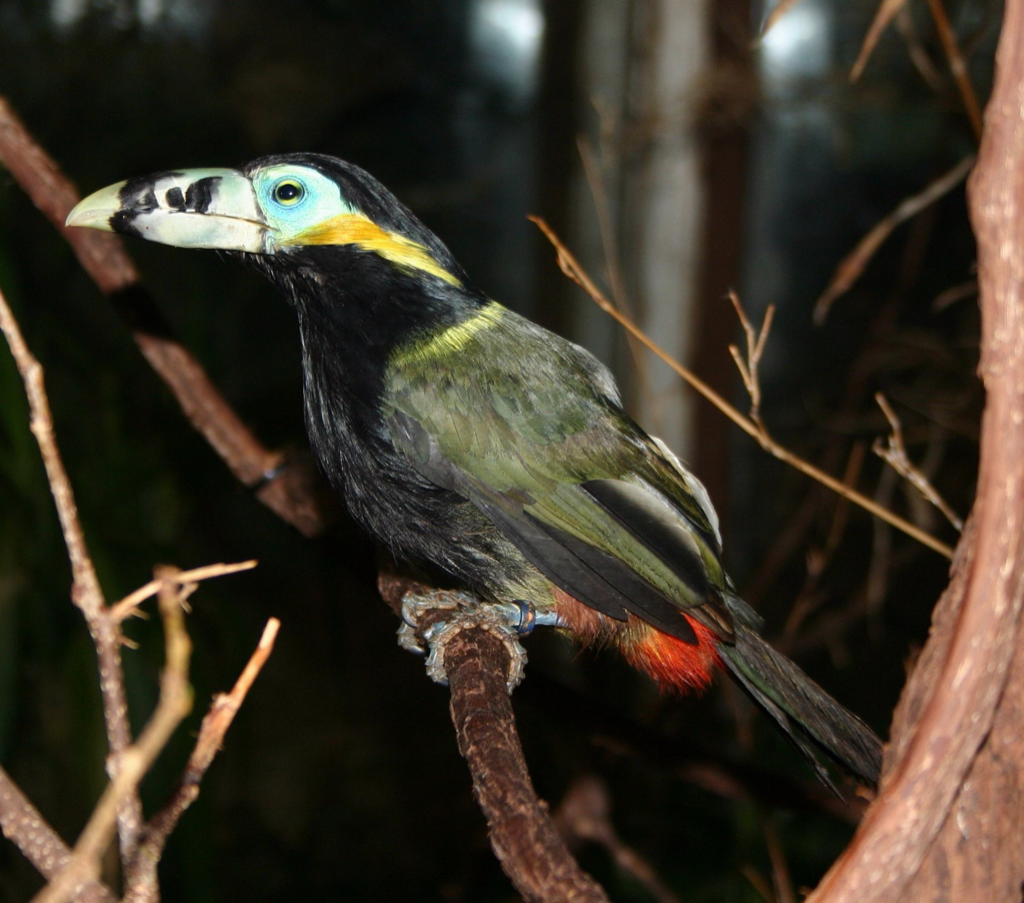
The head of the male is black except for the bluish-green bare skin around the eyes and the yellow ear-tufts. The upperparts and tail are olive-green. The bill is ivory…
Read More

This toucanet is easily identified by its saffron yellow head and breast, olive mantle and red rump. Sexes are similar but the female is duller (somewhat more olive in color)…
Read More

The Pied tamarin is white on its shoulders and front, with a striking dark brown back, hind part and upper tail. The fur lightens to a rust color on the…
Read More

Male Guianan cocks-of-the-rock are bright orange birds with large, orange, half-moon crests on their heads. This edge of the crest is lined with a brown band. The crest remains erect…
Read More
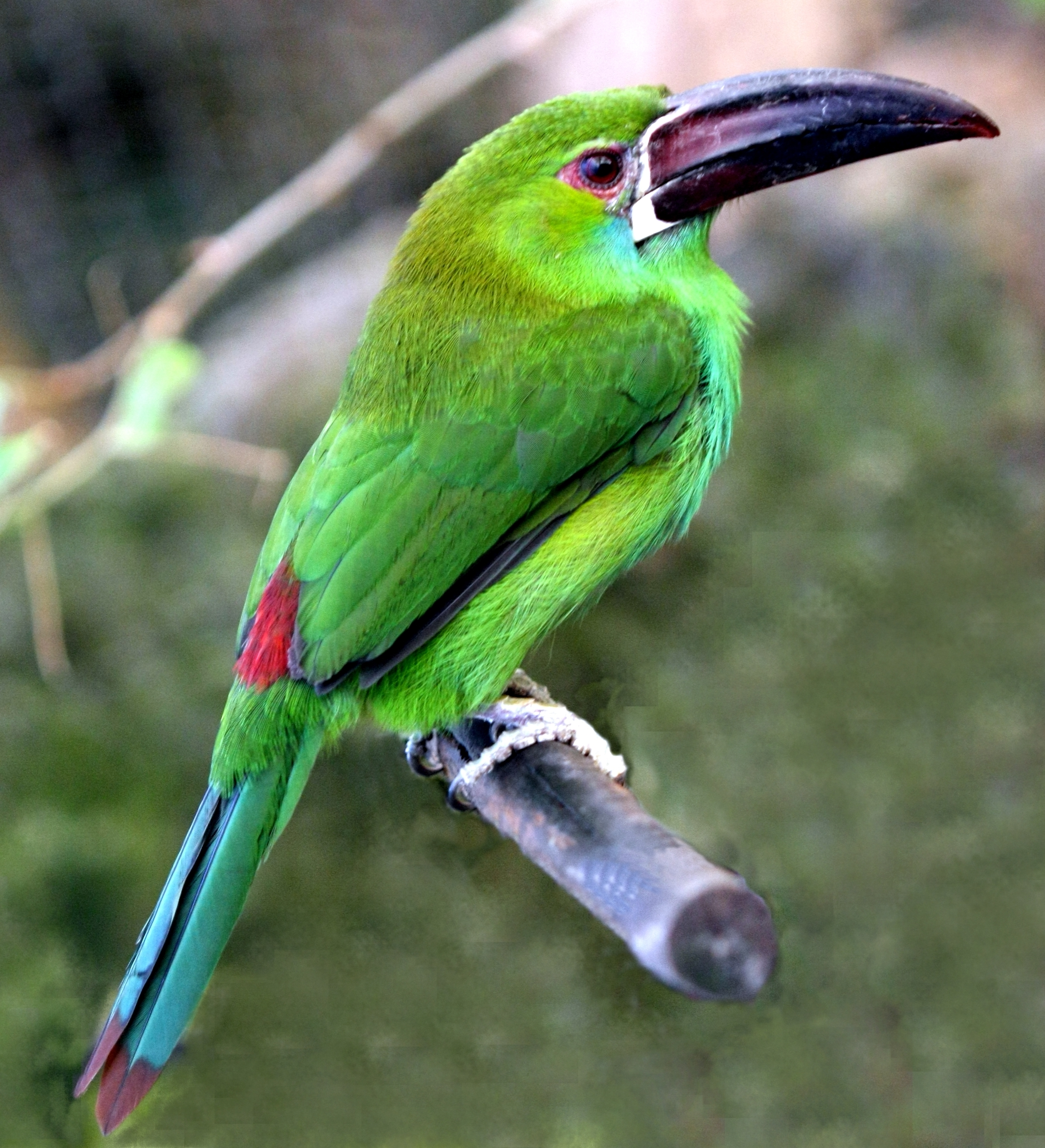
Crimson-rumped toucanets are mostly green in color and, as the name implies, have a red rump. They are somewhat darker and have a bronze tint above. The blue-green tail has…
Read More

